1. Snack Cakes
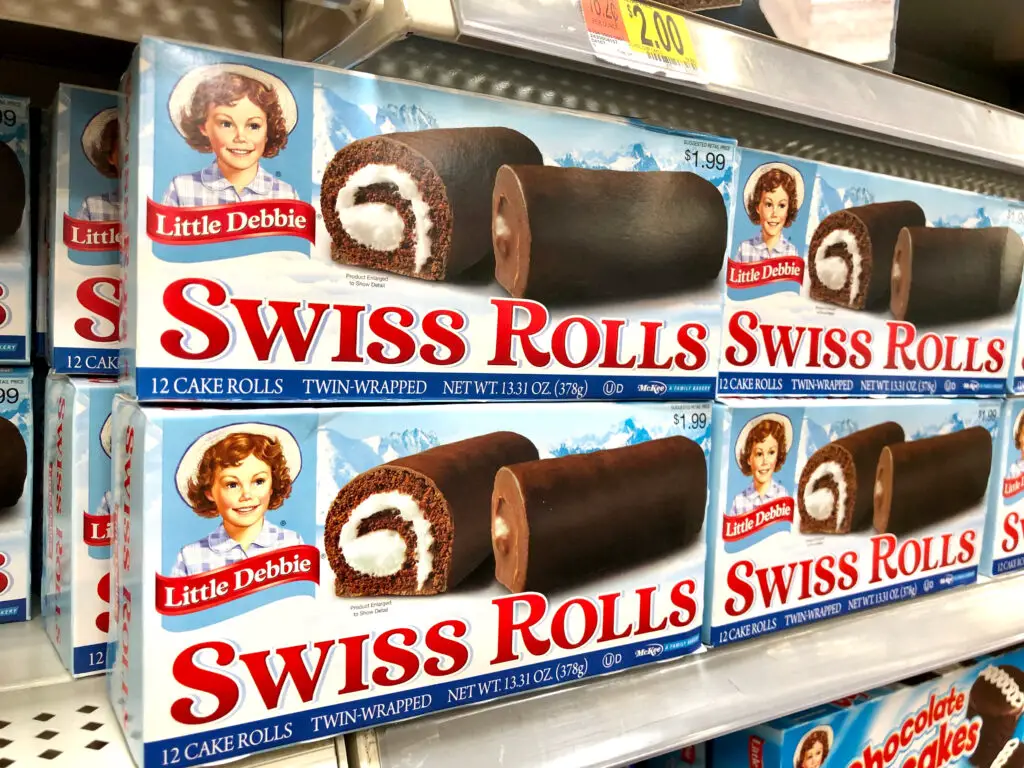
Back in the day, a little sugary snack cake was a staple in many lunchboxes. Whether it was the classic Hostess Twinkie or a Little Debbie Swiss Roll, these treats were as iconic as the lunchboxes themselves. Packed with artificial flavors and preservatives, they were undeniably delicious but not exactly what you’d call healthy. Fast forward to today, and these sugary snacks would never make it past the school cafeteria’s nutrition standards.
While snack cakes were beloved for their light, fluffy texture and sweet filling, modern-day health concerns over added sugars and artificial ingredients would likely see them banned in schools. Today, lunchboxes are more likely to be filled with fresh fruits or homemade snacks that offer better nutritional value without sacrificing flavor. Snack cakes have become a nostalgic treat for adults, but they’re no longer a schoolyard go-to.
2. Individual Fruit Cups

Fruit cups were once a favorite addition to any lunchbox, often seen as a healthier alternative to other sugary snacks. These convenient little cups of fruit, typically swimming in syrup, were loved for their sweet and tangy taste. However, with today’s emphasis on reducing sugar intake and promoting whole fruits, these canned treats would likely be banned from schools today.
The syrup that often came with these fruit cups made them more sugary than you’d expect, and the fruit itself was often soaked in a sugary liquid instead of fresh and natural. With schools focusing on serving fresh produce and limiting sugary foods, fruit cups are now more likely to be replaced with fresh, unsweetened fruit or fruit-based snacks that offer a healthier option.
3. Cheese-filled Processed Snacks
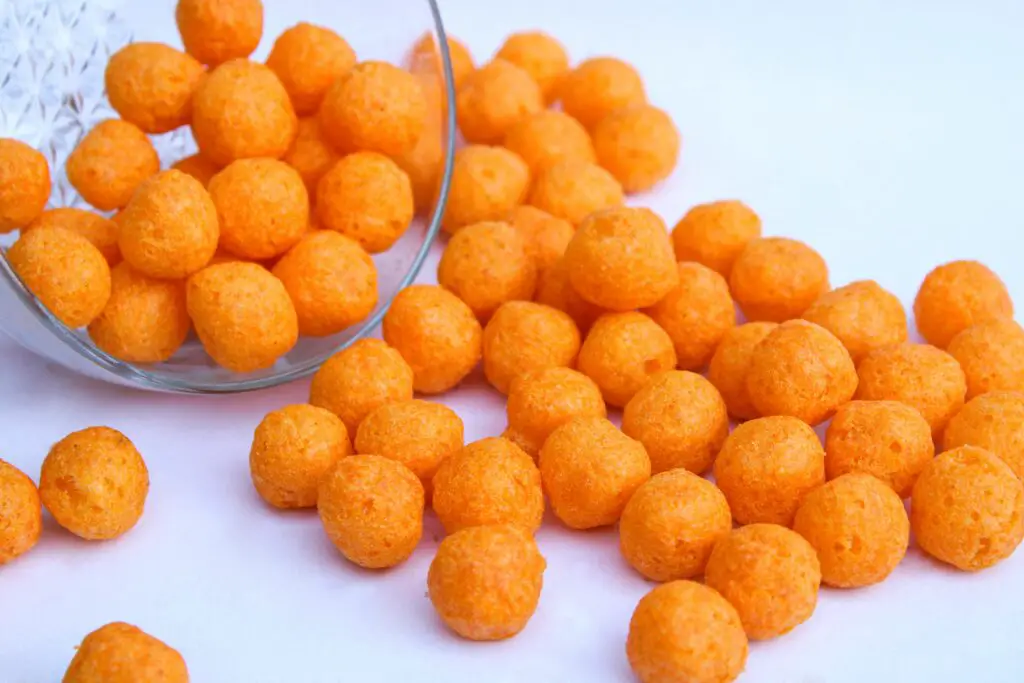
Remember those cheese-filled crackers with the orange powder coating? They were a staple in many childhood lunches, but they’re now seen as highly processed and unhealthy. These snacks were loved for their cheesy flavor and satisfying crunch, but today, they would face a hard time passing the nutritional standards set for school lunches.
Packed with artificial ingredients, high sodium levels, and very little real cheese, these snacks are now considered junk food. Schools today are more focused on offering nutrient-rich options that promote healthy eating habits. While these processed snacks still hold a nostalgic place in our hearts, they’ve long been replaced with more wholesome options in lunchboxes.
4. Lunchables
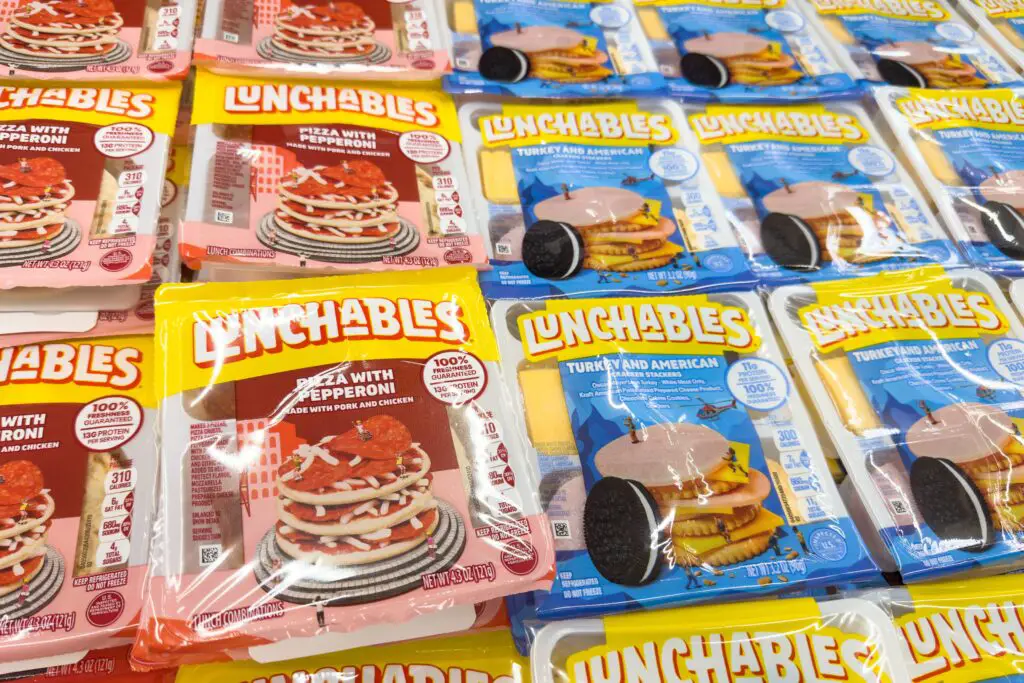
Lunchables were the epitome of convenience, offering a perfectly portioned lunch with crackers, slices of deli meat, cheese, and sometimes a sweet treat. However, this beloved lunchbox item has fallen out of favor in schools due to its high sodium content, unhealthy fats, and minimal nutritional value. While still popular in some households, Lunchables would not pass modern school lunch guidelines.
The pre-packaged meals often contain preservatives and artificial ingredients, and the portions are more about convenience than nutrition. Schools now encourage more balanced, homemade meals that include fruits, vegetables, and lean proteins. Lunchables may be a quick fix for busy mornings, but they don’t quite measure up to today’s nutritional standards.
5. Flavored Yogurts
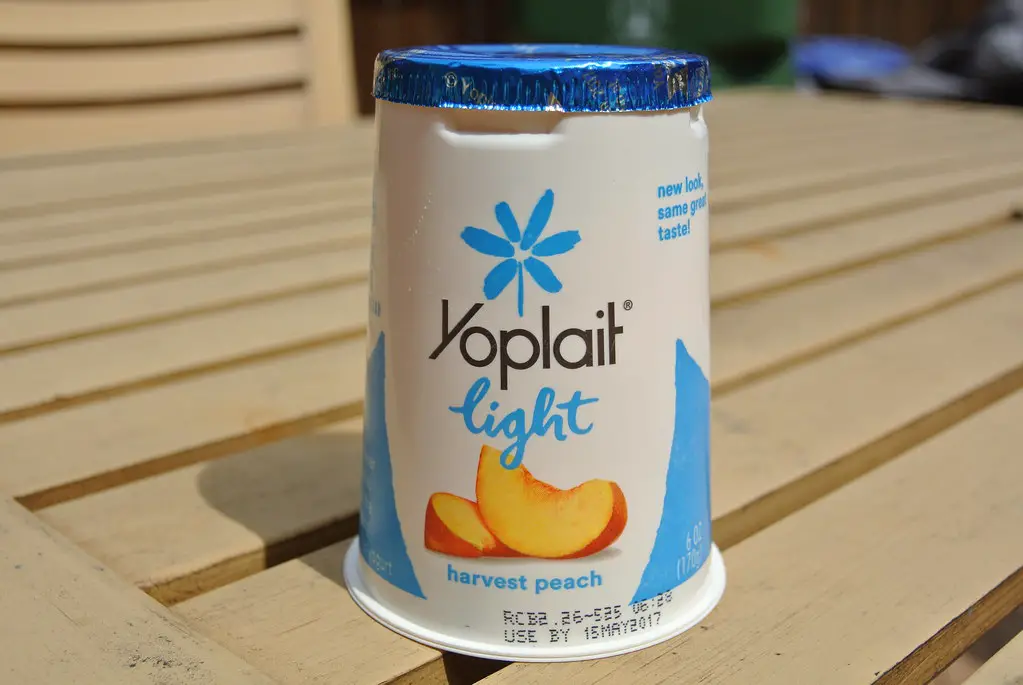
Flavored yogurt cups were a regular feature in many lunchboxes, often paired with granola or fruit for a quick, sweet snack. Unfortunately, these yogurt cups were often loaded with sugar, artificial flavorings, and preservatives. Today’s school nutrition standards focus on limiting added sugars, so these sugary yogurt options would likely be banned from most school cafeterias.
While yogurt itself is a great source of protein and calcium, many of the flavored varieties once popular in lunchboxes are now deemed too sugary to meet current school standards. Instead, plain yogurt or yogurt with natural fruit toppings is the preferred choice for schools looking to offer a healthier, more wholesome option.
6. Candy Bars
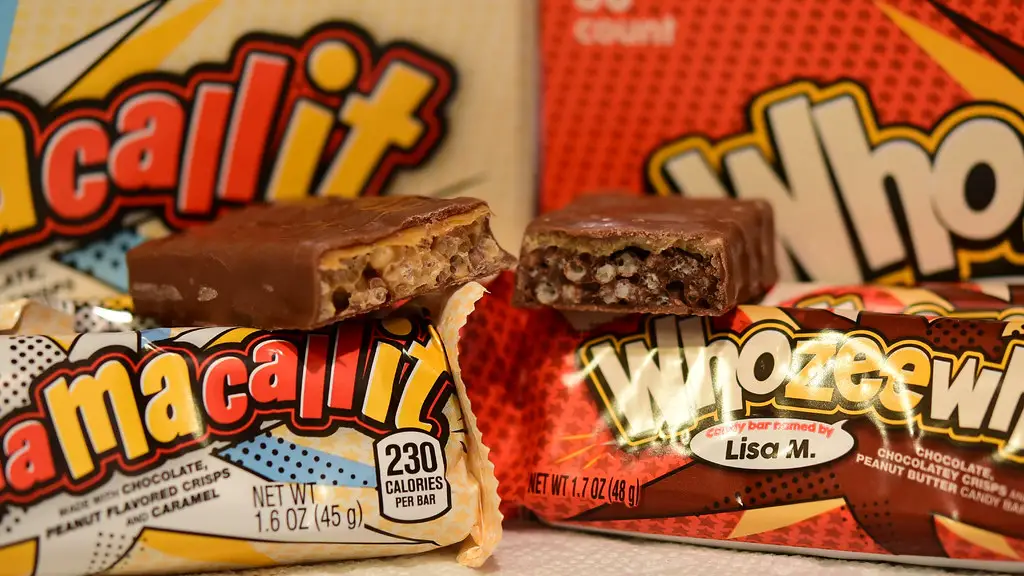
Candy bars like Snickers, Milky Way, and Hershey’s were once regularly tucked into lunchboxes for a sweet afternoon treat. Unfortunately, these sugary, chocolate-laden snacks would never pass modern school nutrition guidelines, which prioritize foods that support students’ energy levels and focus throughout the day. Today’s schools focus on reducing processed sugars and increasing healthy snack options.
With their high sugar and fat content, candy bars are now viewed as a once-in-a-while indulgence rather than a lunchbox essential. Schools are more likely to replace these sugary snacks with healthier alternatives, like granola bars, fruit, or nuts, that provide longer-lasting energy without the sugar crash.
7. Soda Cans
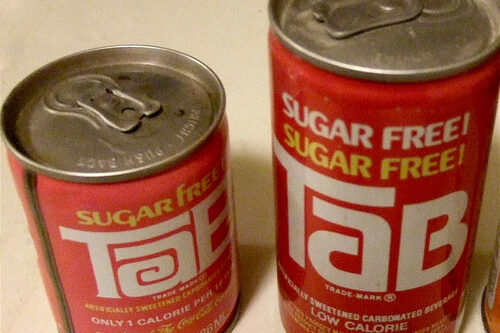
Soda was once a regular lunchbox beverage, providing a sugary, fizzy treat alongside sandwiches and snacks. However, with growing concerns over childhood obesity and the negative effects of sugary drinks, soda has been banned from most schools for years. Schools now focus on offering healthier drinks, like water, milk, and 100% fruit juices, that help keep kids hydrated without the added sugar.
The high caffeine content in some sodas, coupled with their high sugar levels, makes them an unlikely candidate for a healthy school lunch. While soda still holds a nostalgic place for many, it simply doesn’t meet the nutritional standards needed to fuel active kids in the classroom.
8. Pudding Cups

Pudding cups were another common item that graced many lunchboxes, offering a creamy, sweet treat after the main course. These cups, often packed with sugar and artificial ingredients, were popular for their easy-to-eat, no-fuss appeal. However, the high sugar content and lack of nutritional value would make them a hard sell in today’s schools, where healthier snacks are the priority.
Instead of the sugary, pre-packaged pudding cups of the past, schools are now offering fresher alternatives like yogurt or homemade fruit-based treats that provide more nutrients. Pudding cups may still be a nostalgic snack, but in the world of school nutrition, they’ve been replaced with more balanced options.
